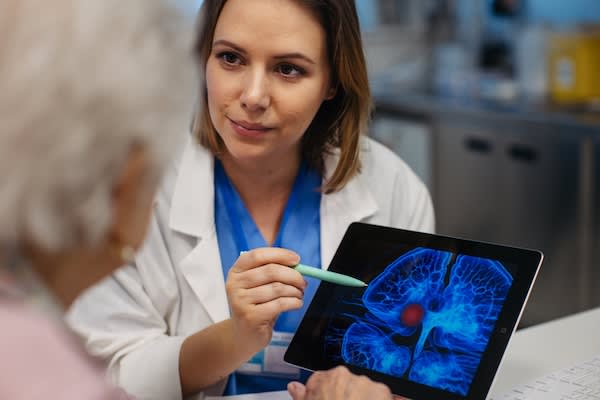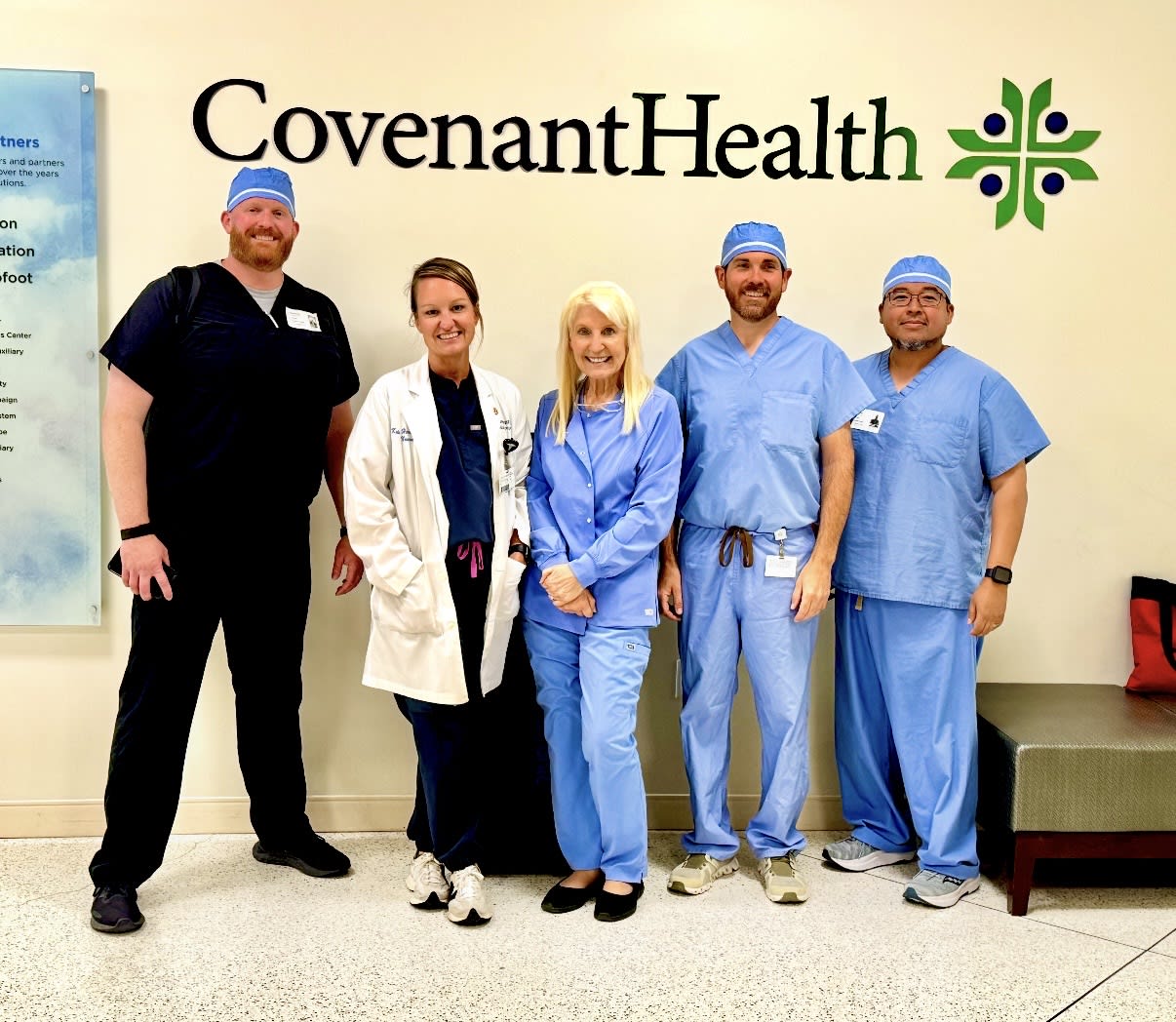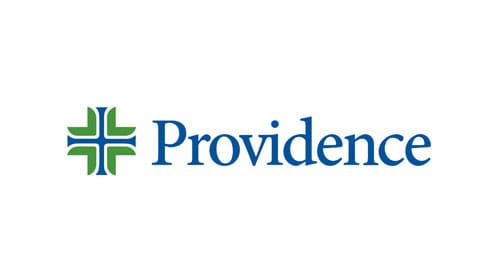Deep Brain Stimulation (DBS)
When you receive deep brain stimulation (DBS) treatment at Providence, you get the leading-edge care you need to help you maintain your quality of life well into the future. As specialists, our neurosurgeons have the experience needed to provide precision treatment for the best outcomes.
Why Choose Us for Your Deep Brain Stimulation Treatment?
As our patient, you’re getting access to life-changing treatment that can restore physical skills you may have lost due to a neurological condition. Here are three reasons that nearly 400 patients choose us for their DBS surgery each year:
About Deep Brain Stimulation
DBS is a neurosurgical procedure to help control irregular body movement. It involves placing thin wires, called electrodes, in specific areas of the brain and then delivering a mild electrical current. The current is carefully monitored and adjusted over time so that it continues to provide effective symptom relief.
Benefits
Our neurosurgeons know that for many patients, DBS can be the difference between declining and thriving. Deep brain stimulation helps ease symptoms of movement disorders, including shaking, slowed movement and stiffness. After DBS, many patients can recover some of the most routine aspects of daily life, such as feeding themselves, and enjoy hobbies and social activities. Some patients have even been able to reduce their medications enough to ease side effects such as nausea. Our specialists have seen again and again how these results can bring joy and relief to their patients.
Conditions Treated with Deep Brain Stimulation
Our team uses DBS to treat patients with conditions including:
- Dystonia
- Epilepsy
- Essential tremor
- Obsessive-compulsive disorder (OCD)
- Parkinson’s disease
Find Neurological Care Close to You
Meet the Team
At Providence, you'll have access to a vast network of dedicated and compassionate providers who offer personalized care by focusing on treatment, prevention and health education.
Expert Tips and Advice





